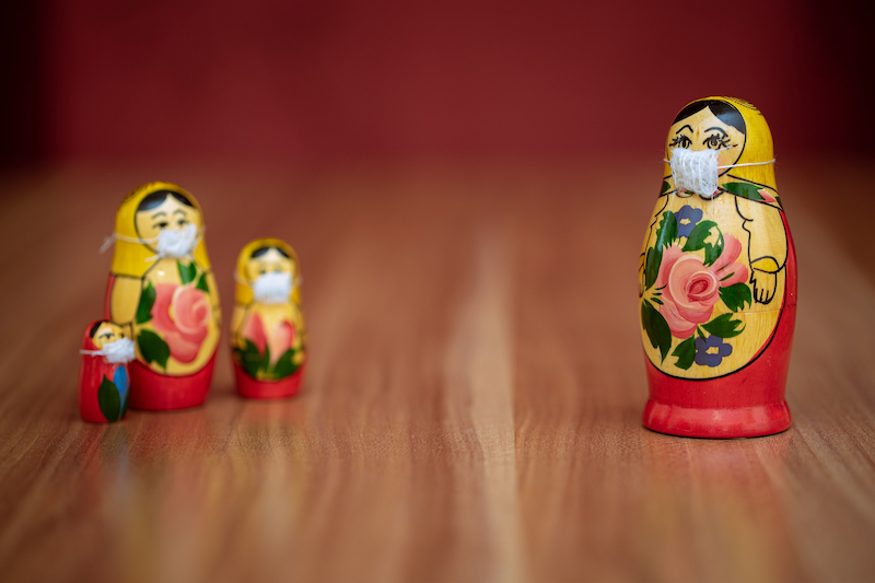Working with Avoidant Attachment: Attachment Patterns And The Pandemic
8 April, 2020

Just as I sat down to prepare this blog a text alert popped up from Gov.UK; ‘New rules in force now: you must stay at home’. These are strange and challenging times. A potentially deadly virus, social distancing and self-isolation tap into primitive anxieties for us members of a social species, and attachment needs kick in. Feeling threatened, we often reach out to family, friends, neighbours, even strangers.
This is my fourth blog focusing on ‘Avoidant’ individuals. The current unprecedented restrictions may have a different impact on them. As one client wryly commented: “I’ve been socially distancing and self-isolating all my life”. Such individuals may actually feel relief with the greater distance between themselves and others. Communication with their loved ones may no longer involve physical proximity, and can be turned on and off to suit their needs. They have plentiful skills to manage alone. However, for those who rely on constant activity and busyness to avoid painful feelings and memories, long hours without distraction will be tough.
It is also problematic if a ‘Dismissing’ person is confined in a small space with someone else – unless the other person is equally defended and remote! Sharing space requires negotiation, adaptation, consideration, communication. Most avoidant people are considerate and reasonable, but they also need to retreat from time to time to recover from the demands of interaction that they find depleting. This is even true of psychotherapists!
If a partner (or flatmate) is feeling anxious and needs more connection and reassurance during the Covid-19 outbreak, the avoidant person will experience that as an intrusion into a private space and withdraw, physically or emotionally. The anxious party may then feel abandoned and angry, and up the ante to get the care they need – but this further alienates the avoidant one. In serious situations this pattern can escalate until one partner or the other lashes out. Hopefully (for them), most of the avoidant individuals are able to work from home and can legitimately busy themselves this way to avoid the dreaded intimacy.
The coronavirus… there is a connection between contamination, contagion and avoidant anxieties. Dismissing individuals find close contact invasive; it gets under their skin, infects their private minds. Privacy of mind is precious. There are two reasons, suggesting two different origins for these particular defences.
- If someone gets really close and can see inside me and read my thoughts they would see what a worthless, weak, despicable person I really am. They will despise me as I despise myself. (The likely origin of this fear is an early relationship with a critical, rejecting attachment figure that has been internalised.)
- If someone gets emotionally close to me I am at risk of losing myself, of being suffocated and colonised by their needs. (The likely origin here is an early relationship with a caregiver whose anxieties get inside the baby and prevent him finding any peace.)
This latter point is something I have discovered through a quarter of a century of clinical work. Parental anxiety – and anger – infect the infant like a virus and prevent him from getting to experience himself – his mind, his body, his needs and pleasures. The only way he can find any internal space is initially to close his eyes or turn his head away from the over-stimulation, then to develop a defensive armour that cuts him off from other people.
So the move to online therapy may also be a relief for many of our avoidant clients. It is possible that some feel more relaxed with ‘remote’ or ‘distance’ therapy and may open up more. It will be interesting to know how they cope with returning to therapy ‘in 3D’ once lockdown is over. Some may resist returning to in-person sessions. This situation gives us the opportunity to talk about sharing space, intimacy, need, terror, contamination, intrusion and self-protection, to help these people make connections and grieve for all that they miss out on in order to keep themselves safe.
Next time I will write about my concept of secondary defences. Stay safe and well.






